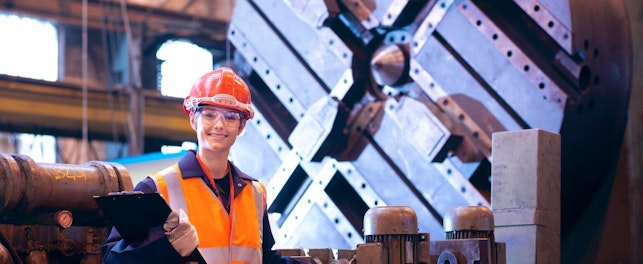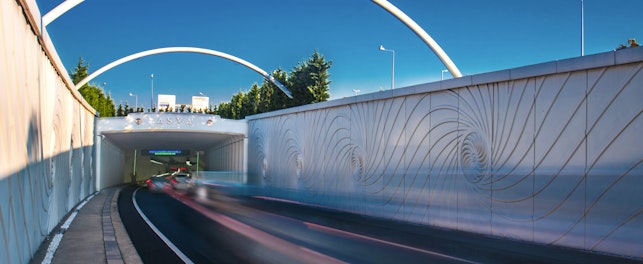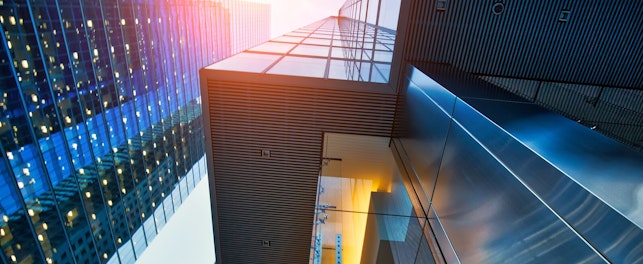The construction industry is witnessing a digital transformation with the introduction of innovative technologies. Among these technologies, digital twins have emerged as a game-changer for sustainable construction practices and ensuring structural integrity.
Digital twins are virtual replicas of physical assets or systems, equipped with real-time monitoring, analysis, and predictive capabilities. In this article, we will delve deeper into the world of digital twins and explore their transformative impact on sustainable construction and structural integrity.
Improved Design and Planning
Digital twins offer architects, engineers, and construction professionals a powerful tool for improving design and planning processes. By creating virtual replicas of buildings and infrastructure, stakeholders can simulate and analyze various scenarios before the construction phase. This simulation enables the evaluation of environmental impact, energy consumption, and resource utilization, allowing for informed decisions to minimize the carbon footprint and enhance energy efficiency.
According to a study by McKinsey, based on the experience of companies that have already adopted the approach, we estimate that digital-twin technologies can drive a revenue increase of up to 10 percent, accelerate time to market by as much as 50 percent, and improve product quality by up to 25 percent. Digital-twin technology is becoming a significant industry. Current estimates indicate that the market for digital twins in Europe alone will be around €7 billion by 2025, with an annual growth rate of 30% to 45%.
Real-Time Monitoring and Optimization
Digital twins enable continuous real-time monitoring of a building's performance throughout its lifecycle. By integrating sensors, Internet of Things (IoT) devices, and data collection systems, key parameters such as temperature, humidity, energy consumption, and structural stress can be monitored and analyzed.
According to a study by Grand View Research, the global digital twin market size was valued at USD 11.12 billion in 2022 and is projected to grow at a compound annual growth rate (CAGR) of 37.5% from 2023 to 2030.
Real-time monitoring allows for the early detection of anomalies or inefficiencies in building performance. For example, if energy consumption exceeds expected levels, the digital twin can alert facility managers, who can then investigate and rectify the issue promptly. By addressing such inefficiencies, energy consumption can be optimized, reducing environmental impact and operational costs.
Moreover, digital twins enable predictive analytics for maintenance purposes. By analyzing real-time data, historical trends, and applying machine learning algorithms, digital twins can predict and prevent potential maintenance issues.
For instance, by monitoring the vibration levels in a structure, a digital twin can identify patterns indicating the potential failure of a specific component. Timely interventions can then be planned to prevent catastrophic failures, minimize downtime, and extend the lifespan of the asset.
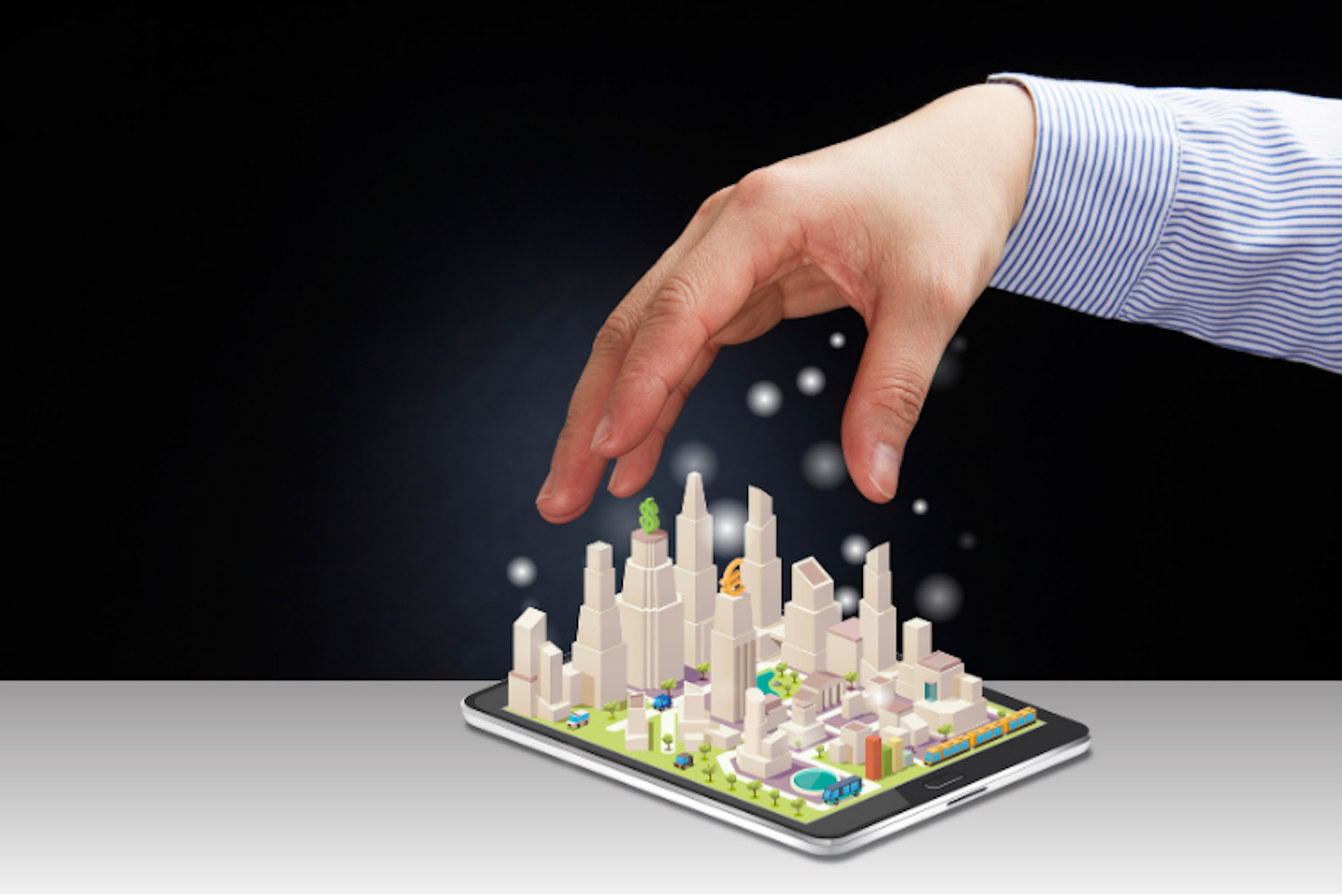
Predictive Maintenance
The implementation of digital twins in sustainable construction leads to a proactive approach to maintenance and asset management. Traditional maintenance practices often rely on scheduled inspections or reactive responses to failures. However, digital twins provide a data-driven approach to maintenance, resulting in cost savings, reduced downtime, and improved structural integrity.
A study conducted by PwC estimates that the use of digital twin can help optimise production processes, streamline workflows and predict maintenance requirements. By identifying potential issues before they become critical, businesses can reduce downtime and extend the life of their assets.
By continuously monitoring and analyzing real-time data, digital twins can identify patterns or deviations that indicate potential failures or deterioration in the structure. Machine learning algorithms can detect anomalies, predict failure probabilities, and recommend maintenance actions accordingly. This predictive maintenance approach allows for the planning of maintenance activities when they are truly needed, reducing unnecessary repairs and replacements. Predictive maintenance strategies not only enhance the structural integrity of buildings but also contribute to sustainable resource management.
Enhanced Safety and Risk Mitigation
Safety is a paramount concern in the construction industry, and digital twins play a crucial role in ensuring structural integrity and safety during the construction phase. By simulating different environmental conditions, such as extreme weather events or seismic activities, potential vulnerabilities and risks can be identified and addressed beforehand and can enhance the structural safety of buildings by up to 20%. The ability to simulate and analyze the behavior of structures under different scenarios allows engineers to identify potential weaknesses and make design modifications that enhance structural resilience.
Digital twins allow for virtual testing and validation of safety systems and protocols. For example, fire safety systems can be simulated and optimized in the virtual environment, ensuring that they meet regulatory standards and are capable of effectively protecting occupants in case of a fire. This proactive approach to safety planning minimizes the risk of accidents and ensures the well-being of building occupants. Furthermore, digital twins facilitate safety monitoring during the operational phase of buildings. By integrating sensors and monitoring systems, the digital twin can detect deviations from safety parameters and alert facility managers or occupants. This seamless integration of safety monitoring systems with digital twins enhances the overall safety of the built environment.
Lifecycle Assessment and Optimization
Digital twins enable comprehensive lifecycle assessment and optimization of buildings and infrastructure. By analyzing data on energy consumption, material usage, and operational efficiency, stakeholders can identify opportunities for optimization and sustainable improvements. Throughout the lifecycle of a building, from construction to demolition, digital twins provide insights into energy performance, resource usage, and environmental impact. This holistic approach allows decision-makers to evaluate different scenarios and make informed choices. For example, digital twins can assist in assessing the viability of retrofitting solutions to improve energy efficiency or evaluating the environmental impact of different material choices.
Digital twins also support the implementation of sustainable practices during the operational phase. By monitoring energy consumption, water usage, and waste generation, the digital twin can identify areas for improvement and suggest strategies to enhance sustainability. This could include implementing energy-saving measures, optimizing resource allocation, or adopting renewable energy sources.
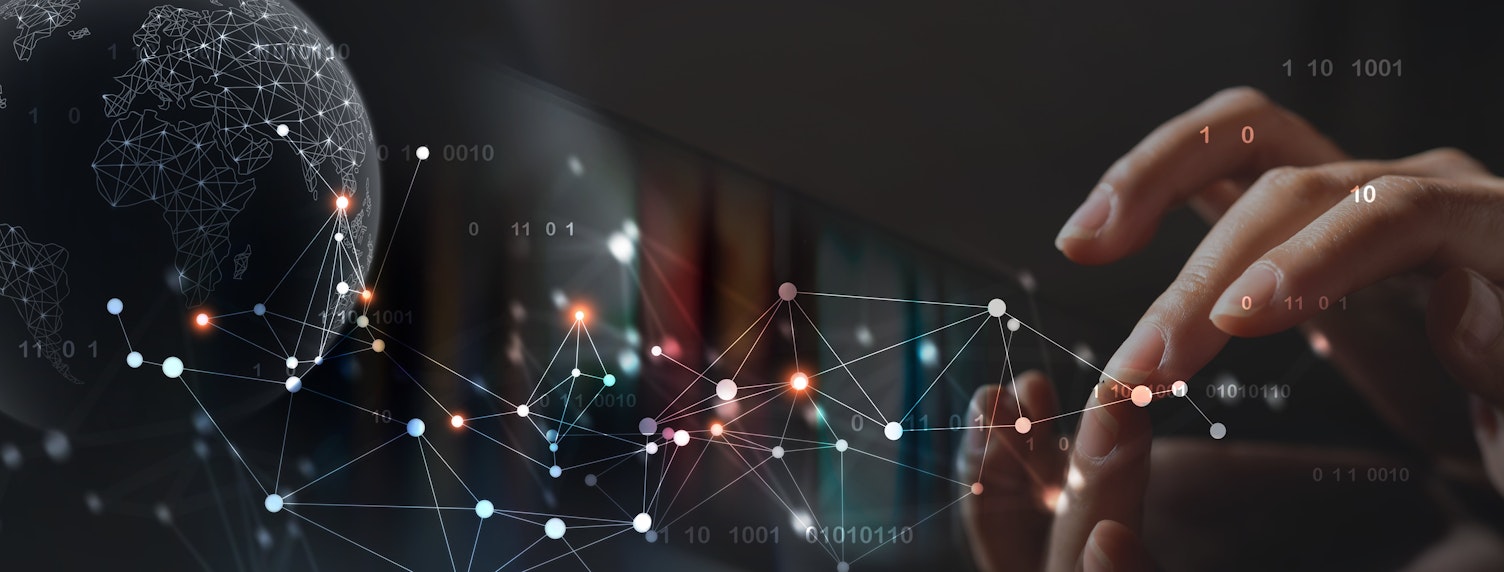
Conclusion
Digital twins have emerged as a powerful tool for transforming sustainable construction practices and ensuring structural integrity. Through improved design and planning, real-time monitoring and optimization, predictive maintenance, enhanced safety, and lifecycle assessment, digital twins offer numerous benefits for the construction industry. The adoption of digital twins enables stakeholders to design, construct, and maintain buildings and infrastructure in a more sustainable and efficient manner. By harnessing real-time data and advanced analytics, digital twins provide valuable insights that drive informed decision-making, minimize environmental impact, reduce operational costs, and enhance the overall performance and longevity of structures.
As this technology continues to advance, we can expect digital twins to play an increasingly vital role in achieving sustainable development goals and ensuring the long-term integrity of our built environment. By integrating digital twins into construction practices, the industry can make significant strides towards a greener, more resilient, and sustainable future.
SGS capability in this area
SGS has a wealth of experience in conducting environmental assessments, energy audits, and sustainability consulting. Our team of experts can assist in the design and planning phase, leveraging digital twins to optimize resource utilization, reduce environmental impact, and enhance energy efficiency. Moreover, SGS provides real-time monitoring services, deploying sensors and IoT devices to capture critical data and ensure the continuous monitoring of building performance. This allows for the early detection of anomalies, predictive maintenance, and optimization strategies that promote sustainable operation and structural integrity.
Furthermore, SGS offers lifecycle assessment and optimization services, enabling organizations to evaluate the environmental impact of construction projects, identify areas for improvement, and implement sustainable practices throughout the entire lifecycle. By partnering with SGS, organizations can harness the power of digital twins and leverage SGS's expertise to drive sustainable construction practices, enhance structural integrity, and achieve their sustainability goals.
In the era of digital transformation, the adoption of digital twins in sustainable construction is not just a technological advancement; it is a paradigm shift that holds immense potential for creating a built environment that is environmentally friendly, safe, and resilient. With SGS's capabilities and expertise, the construction industry can confidently embark on this transformative journey towards a sustainable future.
About SGS
We are SGS – the world’s leading testing, inspection and certification company. We are recognized as the global benchmark for sustainability, quality and integrity. Our 98,000 employees operate a network of 2,650 offices and laboratories, working together to enable a better, safer and more interconnected world.
Plot # 04, Sector 24,
Korangi Industrial Area, Near Shan Chowrangi, 74900,
Karachi, Pakistan

